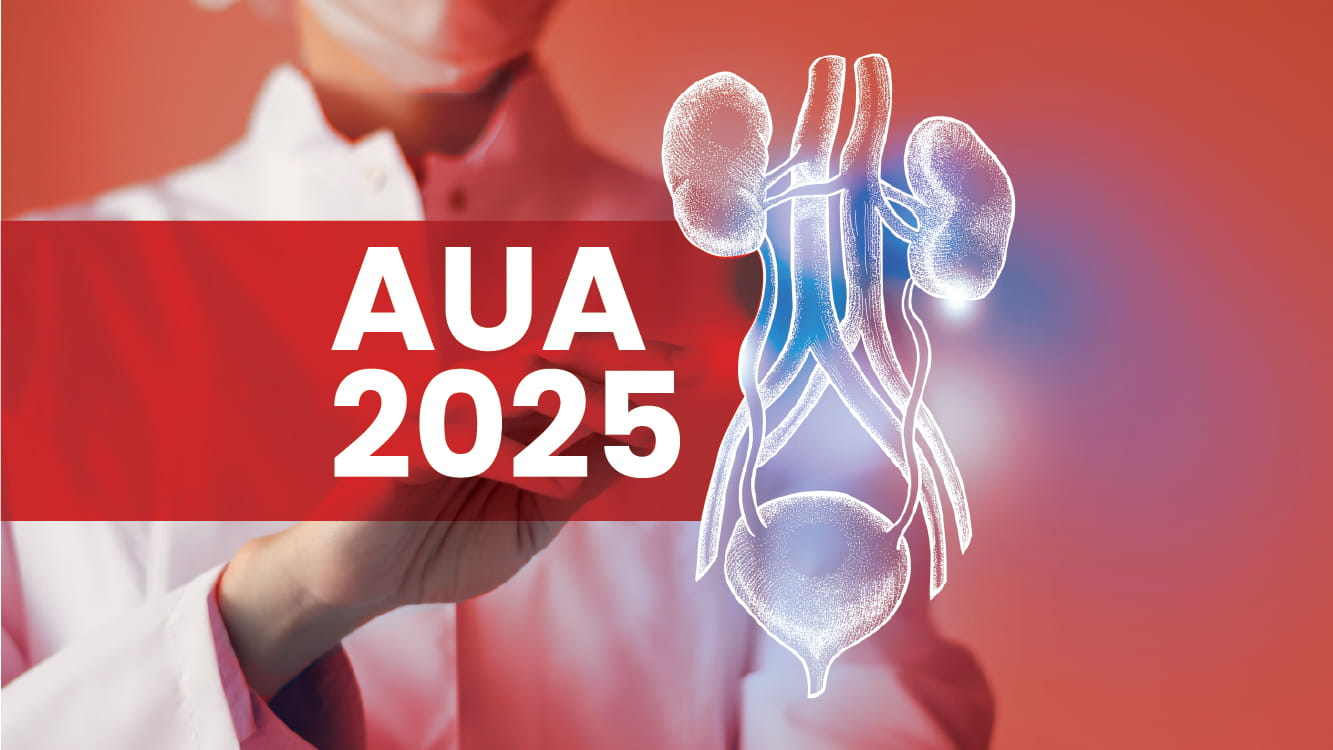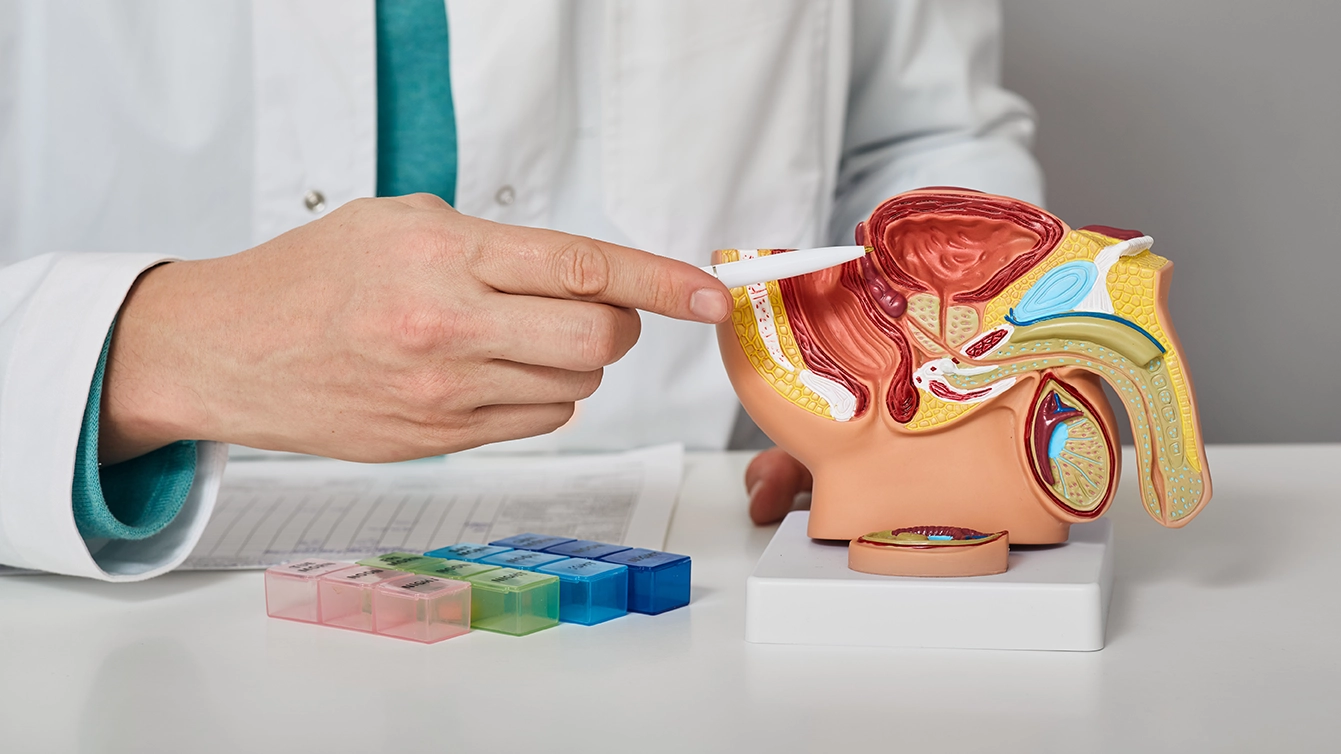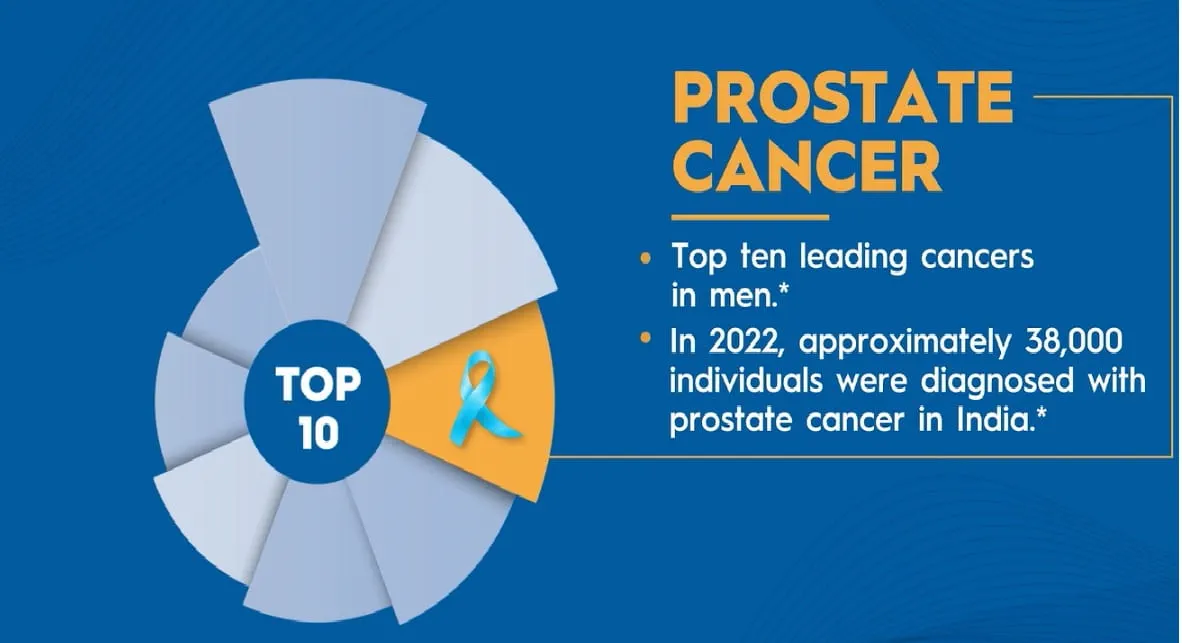AUA 2025: Case-based Guidelines Panel Discussion: Incontinence After Prostate Treatment
Speaker: Dr Benjamin Breter, Dr Alex Vanni, Dr O. Lenaine Westney
Introduction:
The panel discussed the AUA/SUFU/GURS guidelines for the management of post-prostate treatment incontinence, which were introduced in 2019 and amended in 2024. The session outlined the iatrogenic nature of post-prostate treatment incontinence, addressing the management approaches before and after procedures like radical prostatectomy, radiation therapy, and TURP.
Key Points:
Pre-treatment Counselling:
- Patients undergoing post-prostate cancer treatments (surgery, radiation, TURP) should be informed about the risk of stress incontinence, sexual arousal incontinence, and climacturia.
- Clinicians should also communicate about the expected time of recovery, as the majority of men recover within the first-year post-prostatectomy, with further improvement being observed during the second year.
Treatment Strategies
- Conservative nonsurgical management is recommended, including early pelvic floor muscle exercises, lifestyle changes, and natural history of recovery. Pads, penile clamps, and condom catheters are also considered.
- Surgical options, such as male slings for mild to moderate incontinence in non-radiated patients, artificial urinary sphincters for moderate to severe incontinence in radiated patients, and continence balloons, are considered.
Addressing Clinical Challenges
- For post-prostatectomy radiation (salvage radiotherapy), artificial urinary sphincters are recommended by the guideline.
- Cystoscopy is advised prior to surgical management to evaluate bladder-related complications.
- In cases of urethral erosion after artificial urinary sphincter placement, delayed reimplantation (3-6 months) is advised. For eroded cuffs, surgical options such as urethral catheter alone, in situ urethroplasty, and excision and primary anastomosis may be employed. Risk factors include prior radiation, history of urethroplasty, cuff size, and use of the penoscrotal technique.
Evolving Practice Points
- Urodynamic studies are used in complex or radiated patients, in those presenting with voiding symptoms, or when the etiology of incontinence remains unclear.
- Long-term pelvic floor muscle training has been shown to reduce incontinence events, although its effect diminishes after 6-8 weeks.
- Prophylactic antibiotics can be administered post-explant and during delays in surgical management.
- Urinary diversion is advocated in cases of recurrent erosion or end-stage urethral damage.
Conclusion:
The session emphasized the importance of patient counseling and guideline-based decision-making in managing post-prostatectomy incontinence. Artificial urinary sphincters continued to be regarded as the gold standard for severe incontinence, while male slings are reserved for nonradiated cases. Both non-surgical and surgical options were outlined, depending on the severity of incontinence, and the influence of the updated guidelines on shaping the treatment modalities was acknowledged.
American Urological Association 2025, April 26-29, Las Vegas, NV




